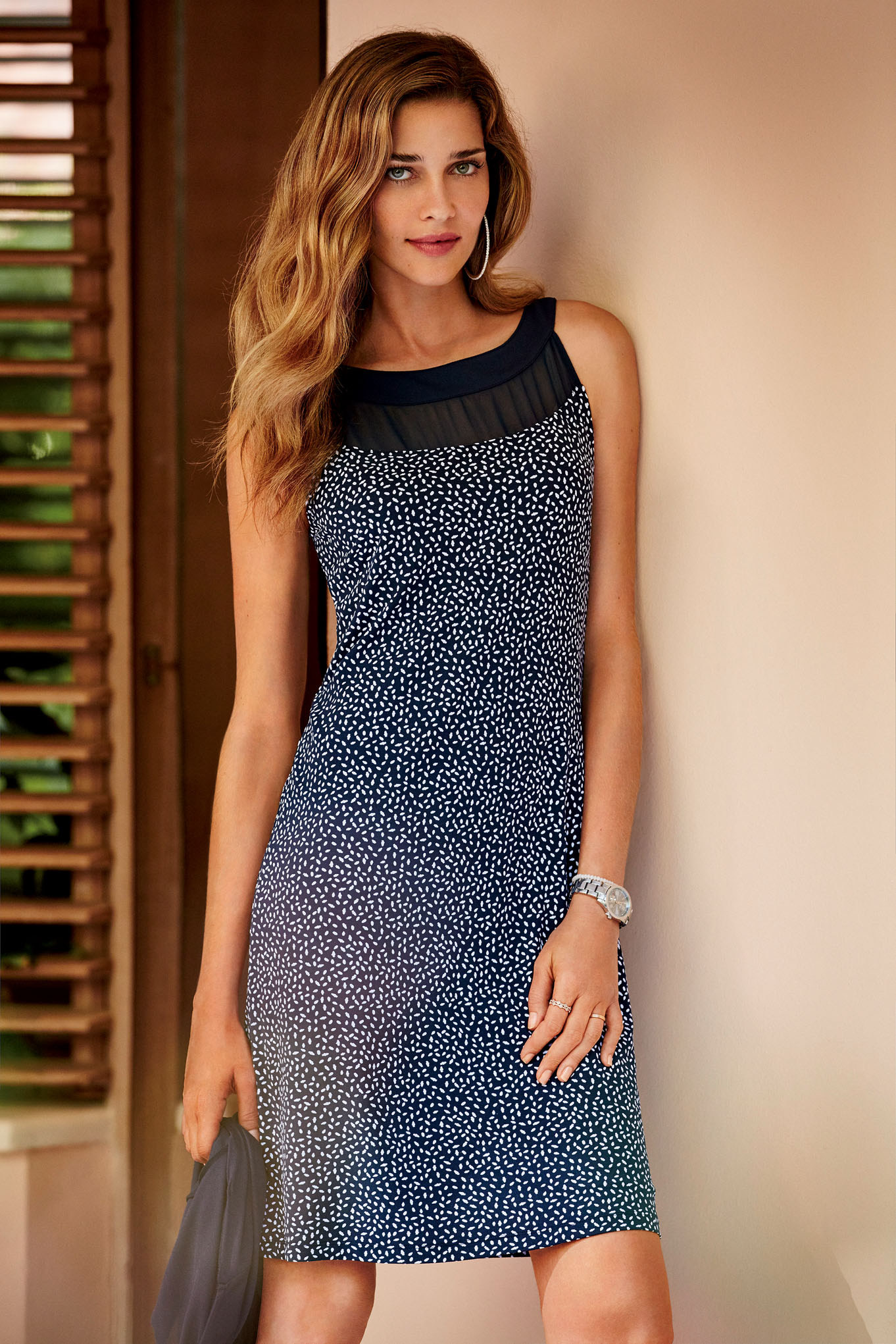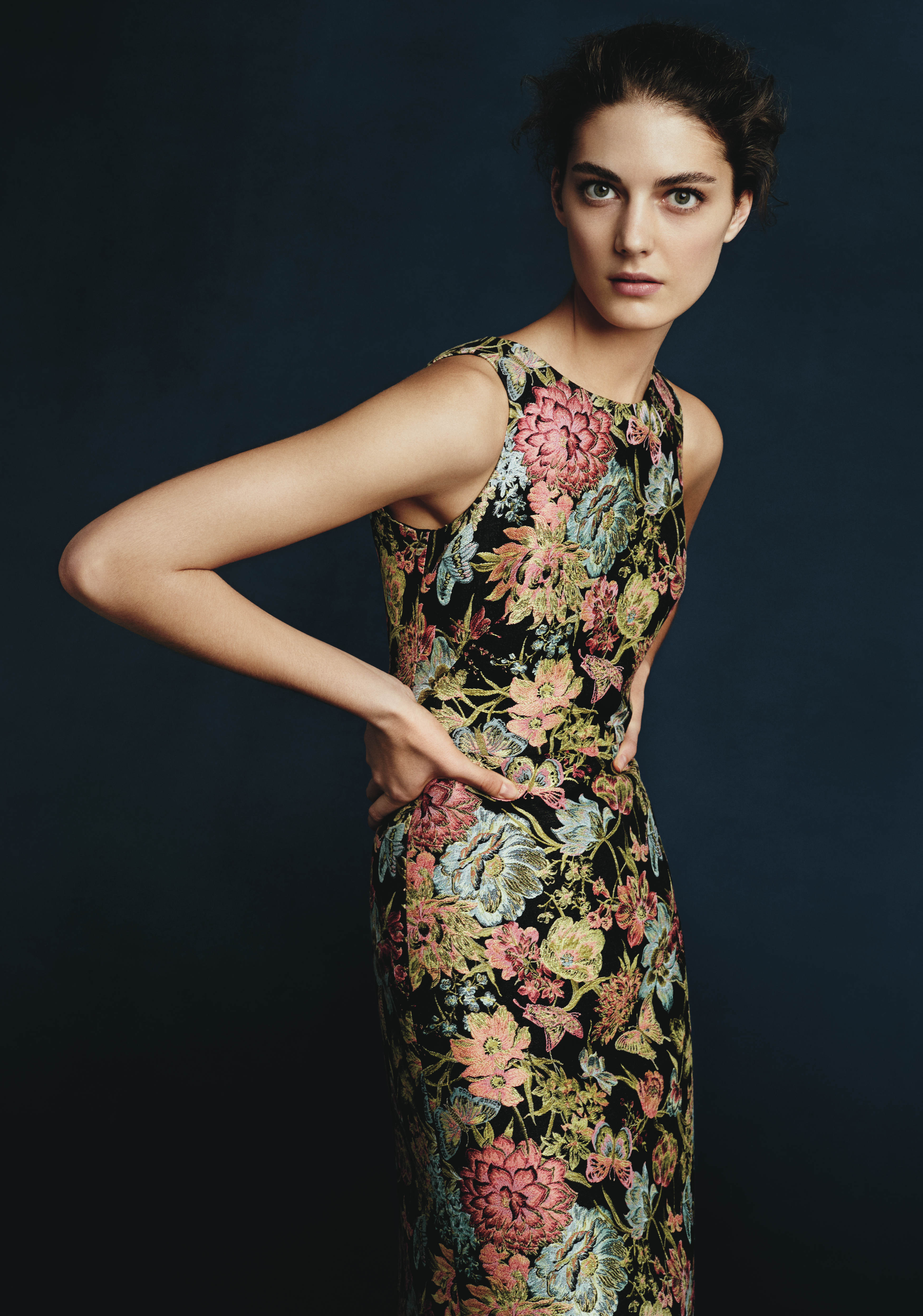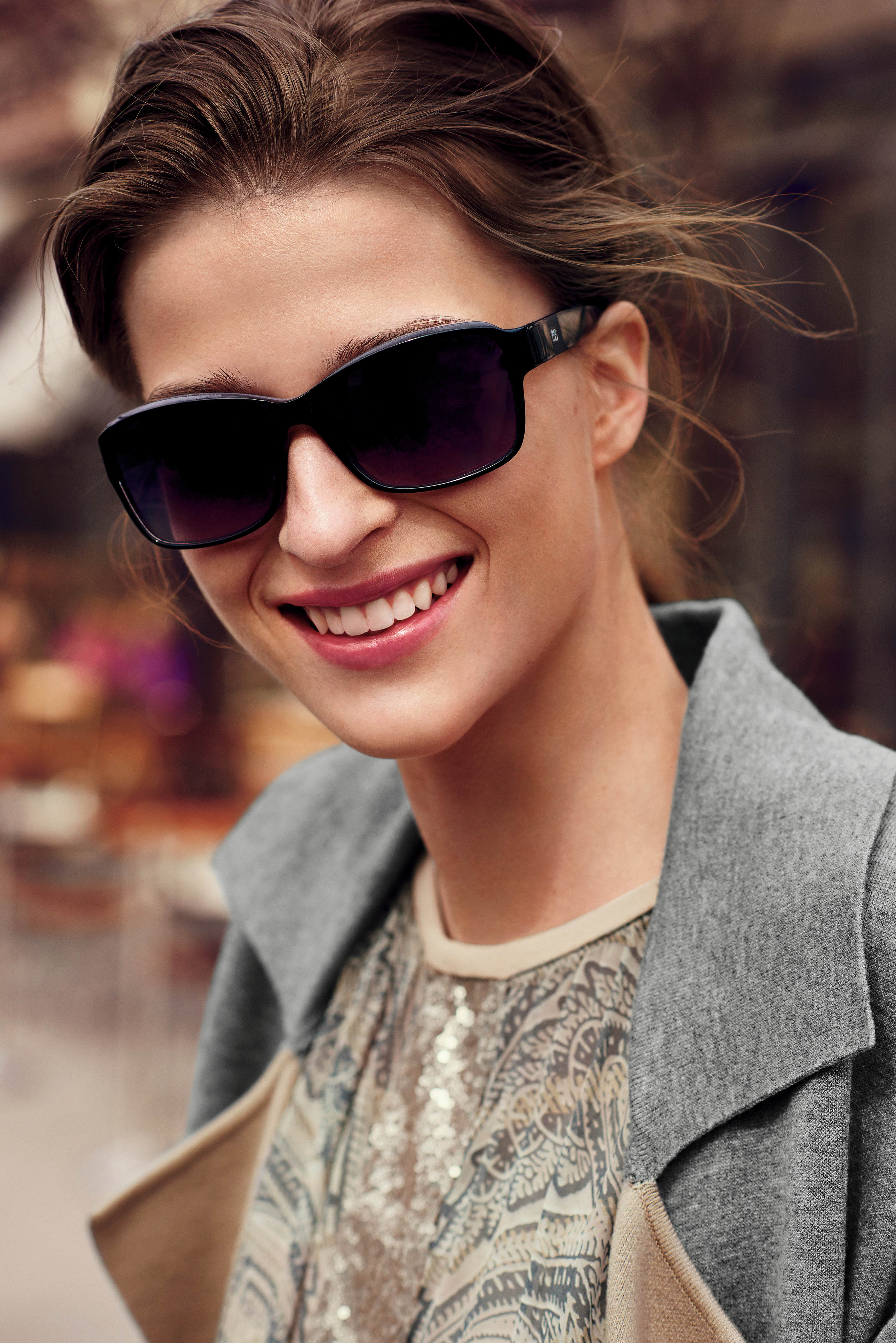Who is the most tanned of them all?

More bronzing treatments on offer than ever before means consumers are showing very different tanning tastes around the UK. Gemma Goldfingle maps the big regional trends
The darker the better was the mantra of many tanners just a few years ago, but the natural look is now de riguer. “We’re definitely seeing colours get lighter. This is led by celebrities like Jennifer Lawrence who favour a paler look. Even Victoria Beckham is sporting a lighter tan these days. People want to hear that they look great rather than they look tanned,” says Ceri Silk, head of beauty at Saks, which has standalone beauty salons as well as beauty services in many of its hair salon franchises across the UK. The trend for natural doesn’t mean that people are shunning salons, although total tanning treatment sales dipped 1% to £159.5m in the year to October 25, 2015, according to Kantar Worldpanel. The analyst’s strategic insight director for health and beauty Tim Nancholas says the revenue drop is most likely down to the reasonably good summer experienced across the country.
Home girls
However, Silk admits growth has slowed over the past year, which she believes is due to the improvement in home tanning products. “They’re much easier to use these days and give a more natural colour,” she says. Jules Heptonstall, tanning expert at St Tropez, agrees and says the wealth of YouTube videos on application has also helped people do it themselves. In salons, Kantar Worldpanel’s figures show sales of hand-applied in-salon tan treatments using lotion have plunged 11% over the past year. Spray tan treatment revenue is also down but only by 1%. Meanwhile, sunbed treatment sales held up, nudging up 0.5%. UV remained the biggest part of the tanning treatments market with sales totalling £83m. Gary Lipman, managing director of sunbed supplier Ergoline UK and chairman of The Sunbed Association, says there has been a “big sweep” back to UV over the past few years and the market is now “growing steadily”. “There’s been fantastic growth in professional tanning salons rather than having a sunbed as a secondary item in a beauty or a hair salon,” he says. Lipman says these staff are trained properly on UV and, unlike beauty salon employees, are not swayed by suppliers to heavily promote spray tan as an alternative.
Scotland and the North
“It seems the further north and colder it gets the darker the tan. Perhaps it’s about making ourselves feel better in these freezing conditions,” says Silk. It may seem a simple theory, but the numbers back it up. Kantar data ranks the North East as the region where artificial tanning makes up the largest share of total beauty treatment spend. This is followed by Scotland, while the North West is also a strong performer. This data marries with findings from online savings retailer Vouchercloud.com last year that found 21.3% of all fake tan-related searches were made in the North East. In contrast to Kantar’s data, Scotland does not rank amongst Saks’ strongest tanning regions. That could be because of the popularity of UV treatments in Scotland, says Nancholas.
Northern lights
Scots are the most frequent users of sunbeds with those who do use them making on average 16 tanning visits per year, compared to an average of 10 across Britain, according to Kantar’s Beauty Treatments Panel. Lipman confirms that there are more tanning salons per capita in the North than in the South and highlights Glasgow as an area where sunbed stores are particularly prevalent. For Wendy George, marketing brand project manager at tanning brand Crazy Angel, Liverpool still comes out top of its tanning polls. George says its extra dark Midnight Mistress 13% DHA Spray Tan Solution is its bestselling product in Liverpool. Silk says the glamorous, going-out culture is widespread in Merseyside and believes the “friend factor” plays a major part in the popularity of artificial tanning, with women visiting salons together to get sprayed, keen not to pale in comparison to their mates. Celebrities could also influence colour preference, with famous Scousers Alex Gerrard, Abbey Clancy and Coleen Rooney famed for their deep tans. And there is certainly no shortage of options for Scousers to tan. There are six times more tanning salons than the national average in Liverpool, with more than 300 within the city limits.
Going deep
When it comes to colour, dark is still in fashion in the north. Heptonstall says his northern clients prefer a slightly deeper shade than their southern counterparts. Silk agrees and says reality shows like Geordie Shore and TOWIE may have influenced the desire for dark tans. Another reality TV show, Keeping up with the Kardashians, may be influencing one of St Tropez’s big treatment trends: tantouring – contouring the face or body using self-tan. “Tantouring is still popular up north, especially when working with the face. It’s the final push of the Kim Kardashian make-up craze,” says Heptonstall. George says the contour tan has proven popular for the body as well. “Who wouldn’t want to be bronzed and appear slimmer and more toned? Innovations in tanning have ensured that a 20-minute contour spray tan treatment is all that is required to achieve the ultimate six pack with defined results,” she says.
The South East and the Midlands
As the biggest contributor to the beauty market in the UK, London is important for the tanning industry and the average salon-going Londoner has a tanning treatment six times a year, according to Kantar. However, Nancholas says the Capital is under-indexed in terms of tanning spend. London accounts for 26% of all beauty treatment spend but only 16.7% of tanning trade. “Londoners generally don’t glam up as much as northern girls. Tanning is not part of the general aesthetic,” adds Silk. She also says in areas “north of London,” such as her home county of Cambridgeshire, people do not embrace fake tanning as much as northerners. “The lifestyle there is about wearing wellies and hunting jackets rather than glamming up,” she says. Southerners have embraced the trend for lighter tans, even in Essex where the perma-tan once reigned. Silk says times are changing from Chigwell to Colchester. “There’s a bit of a TOWIE backlash. A lot of people in Essex don’t want to be associated with that programme. Colours are definitely lighter there. It used to be deep, dark tans, but now I’d say medium is the most popular colour in Essex,” she says.

Middle ground
Meanwhile, the Midlands is a mixed bag with Silk highlighting the East Midlands as an area where tanning is not high on the agenda. Mintel’s Suncare UK report backs up Silk’s assertions; consumers in the East Midlands rank second from bottom of the tanning league, with just 9% of consumers using self-tanning products over the past year. This is also borne out in data for online searches of fake tan, where shoppers in the East Midlands are least likely to make fake tan-related searches, according to stats from Vouchercloud.com. Meanwhile, the West Midlands ranked highest in Mintel’s survey, with 18% of those surveyed using tanning procedures over the past year.
The South West and Wales
Fake tanning is at its least popular in the South West, according to Kantar. The region also comes bottom in terms of online fake-tan-related searches, with just 4.3% of total online searched for tanning coming from the South West. Silk suggests this could be down to the outdoor lifestyle embraced by many in the region, which takes in the coasts of Devon and Cornwall and rural Somerset and Gloucestershire. Further west in Wales, popularity jumps again. Nancholas says Wales over-indexes in terms of tanning spend, with a greater level of tanning trade to overall spend than in the North West. Gemma Lucas, owner of Pontypridd-based salon Crystal Beauty, says that the new St Tropez Express Tan she introduced earlier this year has proven incredibly popular. Customers can shower just an hour after the spray tan is applied and the tan continues to develop. “Customers love the convenience. They don’t have to wait around for hours and there are no stains on the bed sheets,” says Lucas. “The colour is very natural and fresh.”
Lucas says there has been a big shift towards lighter colours in her salon this year. “Customers specifically ask for natural rather than dark tans now,” she adds. The number of male tanners has also been growing in Lucas’s South Wales salon. “We have more men coming for treatments in general but especially for tans. They’re often going on holiday and don’t want to look too pale on the beach,” she says. In fact, Welshmen are among the biggest users of fake tan in the UK, according to a recent survey by VoucherCodesPro.co.uk.
Trends for 2016

There are many different tastes in tanning across the salons of the UK but some general trends transcend postcodes. The drive for convenience shows no sign of abating and George predicts faster developing tans will be the major trend in 2016. “Everyone is so busy these days that even taking time out for a pamper is often unachievable. Crazy Angel Express Tan is one of our bestselling lines and we predict that this will continue to grow throughout 2016,” she says. Conversely, some salons such as Saks are linking their tanning treatments to a broader full-body treatment that looks after the skin. Silk says: “In the 40-year-old-plus market, we’re seeing a trend for a tan treatment experience that takes in exfoliating and massage. People are doing it for pampering and not just a quick-fix aesthetic.”
Luxe glow
In fact Nancholas says turning tanning into more of a luxury event could be the key to the market returning to growth. “People are spending more on pampering. If the economy continues to grow we could see a small boost in tanning,” he says. The UK is a smorgasbord of tanning tastes but if salons can provide a tailored offer that hits the latest trends, it could be a prosperous new year for the industry. PB
Images from top: Betty Barclay, Ergoline, Hobbs, Betty Barclay

